Description
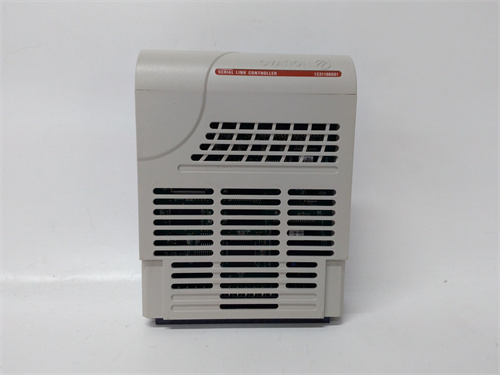
Parameter Specifications
Power Supply: It requires a 24V DC power supply, with a tolerance range of ±10%. This allows for stable operation even in environments with minor power fluctuations.
Input/Output Channels: The module comes with multiple input and output channels. There are typically 16 digital input channels that can accept signals from 0 – 24V. For the output side, it has 8 digital output channels, each capable of driving a load of up to 2A at 24V DC.
Communication Interface: It supports the CANopen communication protocol. The communication bit – rate can be set from 10 kbps to 1 Mbps, providing flexibility for different network requirements.
Uses
Signal Acquisition: The digital input channels are used to collect status information from various field devices such as sensors, limit switches, and push – buttons. This data can be used for real – time monitoring of industrial processes.
Control Signal Transmission: Based on the acquired input data and pre – programmed logic, the digital output channels send control signals to actuators like relays, solenoids, and contactors. This enables the control of industrial machinery and equipment.
Weight and Dimensions
Weight: Approximately 320 grams. Its relatively light weight makes it easy to handle during installation and maintenance.
Dimensions: It has a compact form factor, with a length of about 115 mm, a width of 85 mm, and a height of 60 mm. This compact size allows it to fit easily into standard industrial control cabinets.
Characteristics
Reliability: Constructed with high – quality components, it can operate reliably in harsh industrial environments. It can withstand a wide temperature range from – 20°C to 60°C and is resistant to electromagnetic interference.
Flexibility: The configurable communication bit – rate and the ability to customize input/output settings provide great flexibility for different industrial applications.
Ease of Integration: Its support for the CANopen protocol makes it easy to integrate into existing industrial control networks, reducing the complexity of system setup.
Application Areas
Industrial Automation: Commonly used in manufacturing plants to control and monitor production lines, robotic arms, and conveyor systems.
Automotive Industry: Applied in automotive manufacturing for controlling assembly line equipment and monitoring the status of production processes.
Logistics and Warehousing: Used to control automated storage and retrieval systems, conveyor belts, and sorting equipment, improving operational efficiency.



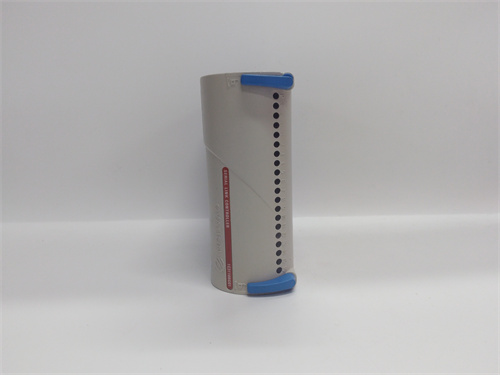

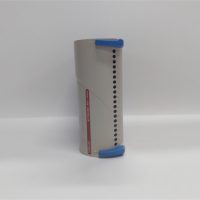
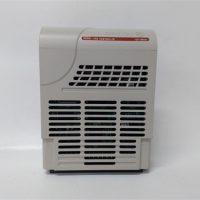
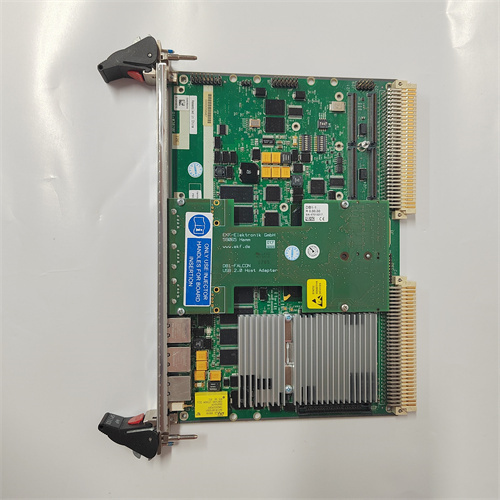

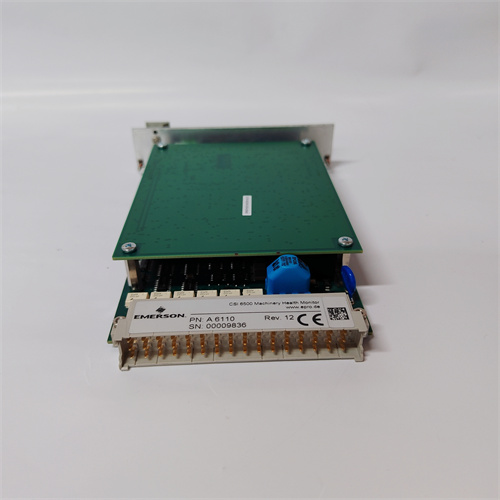
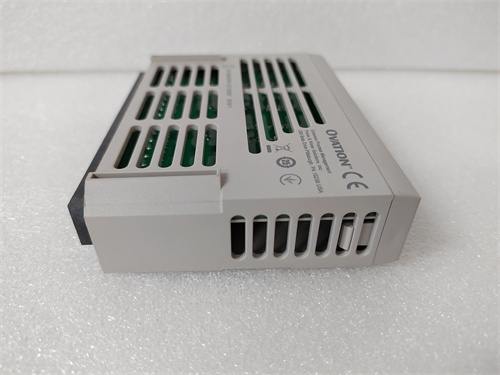
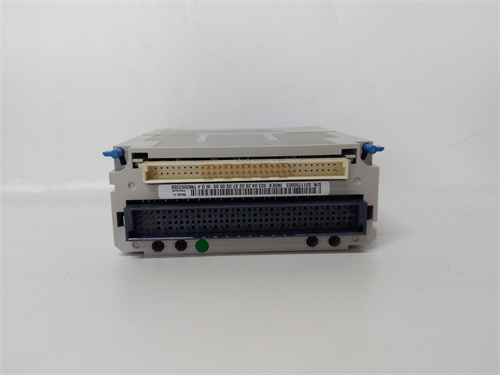

Reviews
There are no reviews yet.